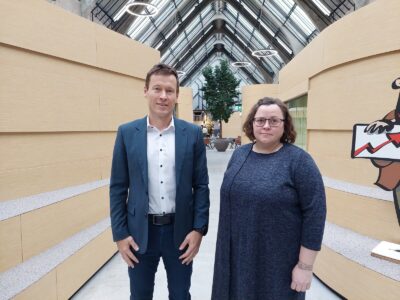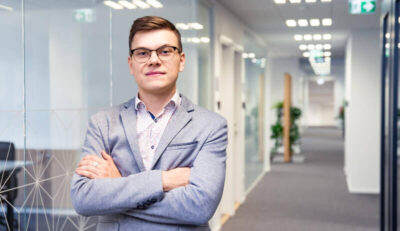Innovation Leaders Club: AI – Not a Goal, but a Tool
Author: Elo Gaver
On May 28, the Innovation Leaders Club held its latest meeting focusing on how to apply artificial intelligence (AI) in business. The event was opened by Lauri Antalainen, a member of the club’s advisory board and the co-founder of Digiwise. In his keynote, he emphasized that AI should not be treated as a goal in itself. Instead, it should be seen as a chosen tool that enhances human actions. To begin with, organizations should map their current processes (as-is), outline their desired future state (to-be), and define a specific business task. Only then can they choose the right AI-based solution or partner.
Sandra Reivik, a consultant at Digiwise, shared three principles that will help turn AI into real value: a shift in mindset, curiosity, and the ability to use AI consciously. According to her, AI is not going away — it is becoming a natural part of everyday work. That’s why it is important to create internal focus groups, encourage experimentation, and build awareness and readiness across the organization. AI is not just an IT matter — it’s a team effort.
Throughout the event, one clear message stood out: AI won’t replace people, but people who use AI will soon replace those who don’t. When applied thoughtfully, AI can improve workflows, boost efficiency, and enhance the customer experience. But to get there, we need to engage with technology as consciously as we do with people — by starting with needs, asking smart questions, and learning step by step.
















































